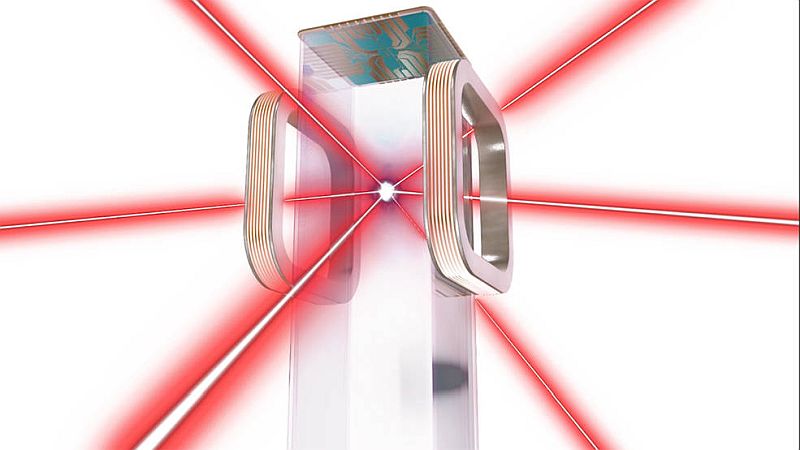
Astronauts harnessed the microgravity environment at the International Space Station by developing an ‘exotic’ form of matter. We call it exotic because this form of matter has not been easily observed on earth – maybe due to gravity.
Famously known as Bose Einstein condensate (BEC) is the fifth state of matter, where gases, liquids, solids, and plasmas form the first four. BEC was first created in lab nearly twenty-five years ago.
What exactly is Bose – Einstein condensate (BEC)
Matter can exist in various states, that is solid, liquid and gas. Atoms at high temperature always form gases. If gas is cooled, it becomes liquid. And when liquid is further cooled it becomes solid.
Under specific conditions, let’s say, if atoms are cooled at specifically low temperatures, they undergo strange transformation. In a way, they undergo identity crisis. Their identity is yet to be known.
At low temperatures, the quantum mechanical properties of atom become important. Since a lot of information is stored at that point which is yet to be discovered.
Each individual atom, at low temperature, start to display wave like properties. Instead of points in space they morph into wave like particles randomly moving around.
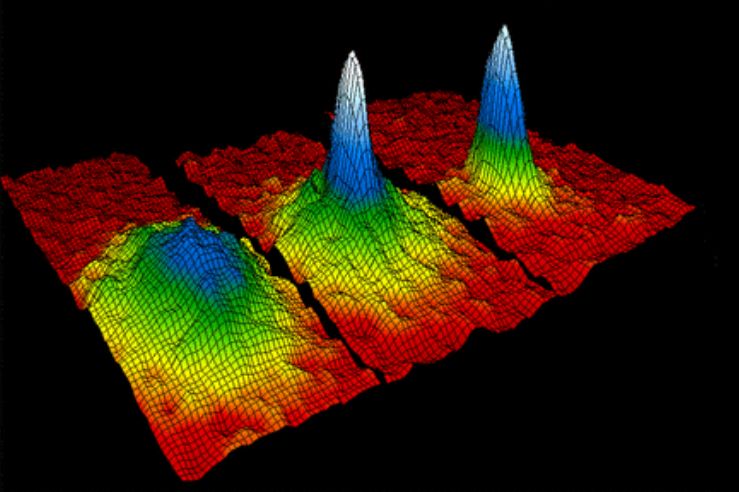
As we go to further low (temperature wise), the size of these wave-like packets gets longer and longer, in form of a tiny wave. Additionally, when they get cold enough, they start overlapping. Apparently, the entire system moves towards becoming one and not the individual particles as was at the beginning.
Particles lose their individual identity and it seems as if they are everywhere. They are all there at one big quantum state/system – all doing same thing – simply sitting at rest. They become a super- atom.
Bose-Einstein condensates could lead to “theory of everything”
Bose-Einstein condensates acts as a link between the world where we live in and which is ruled by classical physics versus the atomic world, which is governed by quantum mechanics.
As per quantum mechanics, one of the behaviours of particle is to spin in two opposite directions simultaneously. Or to put more simply, a particle can be at two places at the same time. This is the basis of quantum behaviours.
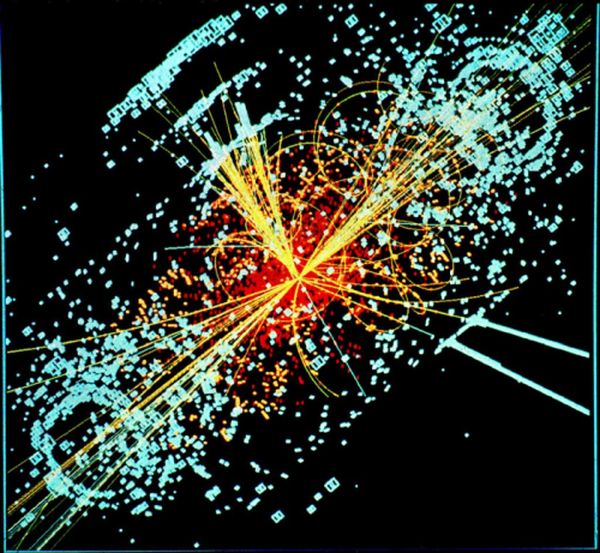
Microscopic world follows different rules than the macroscopic world.
Therefore, researchers believe Bose-Einstein condensates may offer clues into the workings of quantum mechanics. Once they have the required information, they might be able to know the workings of the cosmos from the smallest to largest scales. In fact, everything behind the “theory of everything”.
The Cold Atom Lab
Although scientists are creating Bose-Einstein condensates globally. However, their fragility and gravitational pull, both act as major impediment for their stability. Thus, making it difficult to explore and learn more about them.
In order to understand Bose-Einstein Condensates (BEC) and super-fluid Fermi gases, NASA in 2018 created the Cold Atom Laboratory (CAL). The lab operates on the International Space Station (ISS).
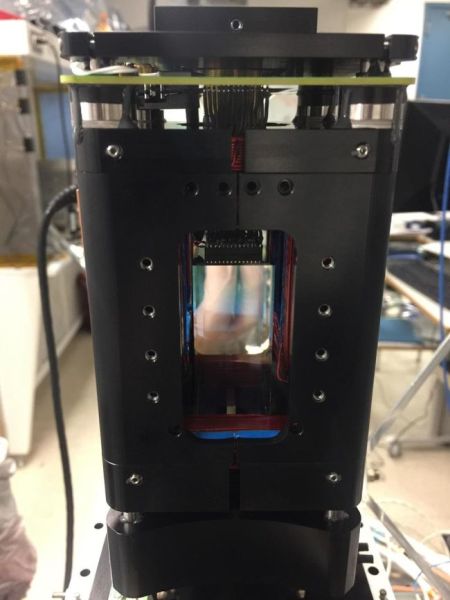
It is in the Cold Atom Lab, scientists discovered that they can increase the amount of time so that they can study the condensates, for more than a second. While on Earth, the same procedure would take only hundredths of a single second.
Microgravity’s effect on condensates
Researchers found that in microgravity, they require weaker forces to sustain the condensates. This, directly implies, there are higher chances of creating condensates at lower temperatures.
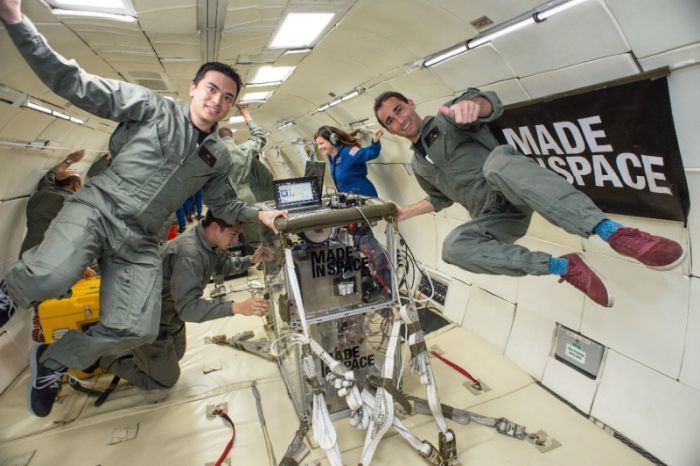
Therefore, in order to make the exotic quantum effects more noticeable, the process has to be initiated at these temperatures.
In this research, rubidium atoms were used to carry out the Bose-Einstein condensates. Researchers envision to add potassium atoms to study the effect of two condensates mix.
Till now, scientists have used particle accelerators and astronomical observatories to gain insight into the inner workings of nature. Now, they are looking forward to employ cold atoms for future investigations.
Via: Charles Q. Choi, Live Science



